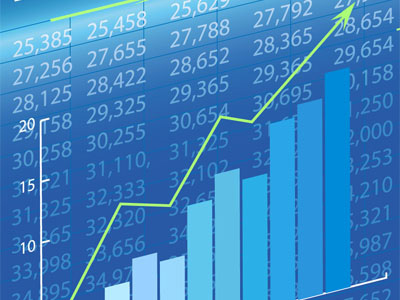MM-4123
Wild Card
Economy in Peru
Peru's population is over 29 million. The capital city of Peru is Lima. Today, Lima is the only city in Peru with more than one million inhabitants. Spanish, Quechua, and Aymara are the official languages in Peru (https://www.gviusa.com/blog/18-interesting-facts-about-peru/). The Peruvian economy is upper middle income economy. In Latin America, Peru's economy is rated the 7th largest. In the past, The Peruvian economy is historically based on the countries geographical conditions; the different climate zones facilitate widespread agriculture, the Andes rich in natural resources allow mining and the Pacific Ocean with its fishful waters makes commercial fishing possible. So Peru's economy stem from their country's geographical background. It was built from mining and agriculture.
Most successful economies derived from agriculture investment.The name Peru is derived from a Quechua Indian word implying land of abundance, a reference to the economic wealth produced by the rich and highly organized Inca civilization that ruled the region for centuries. The country’s vast mineral, agricultural, and marine resources long have served as the economic foundation of the country, and, by the late 20th century, tourism had also become a major element of Peru’s economic development ( https://www.britannica.com/place/Peru). Peru's economy today reflects like centuries ago its varied geography; the different climate zones facilitate widespread agriculture, the Andes rich in natural resources allow mining and the Pacific Ocean with its fishful waters makes commercial fishing possible.

Economic growth continues mainly to be driven by exports of minerals (mainly gold, copper, zinc), textiles, chemicals, agricultural products (garden produce and fruits), fish-meal, services and by energy projects making the country's economy vulnerable to fluctuations in world market prices. But liberalization of the goods and labor markets, opening up trade through multiple recent international trade agreements, direct foreign investments and the maximization of the revenues resulting from its rich natural resources paid off with increasing markets, a growth in domestic consumption and the development of the country's financial sector (https://www.limaeasy.com/peru-info/peruvian-economy).
Peru was one of the fastest growing economies in 2012. As a result of a good economic management, Peru still remains one of the Latin American countries with the lowest inflation rate. The low inflation rates in the past years enabled the country to generate perfect conditions to promote foreign investment and economic growth as well as developing for Peru non traditional sectors like the financial sector. This achievement also had a positive effect on the living standards of the population, especially the poor. Peru's economy also surged up because of low poverty rates. Between 2014 and 2018, GDP growth slowed to an annual average rate of 3.2%, mainly owing to lower international commodity prices, including copper, the leading Peruvian export commodity. This led to a temporary reduction of private investment, less fiscal income and a slowdown of consumption (https://www.worldbank.org/en/country/peru/overview0). Overall, the future of Peru's economy will increase tremendously. With their investment with modern technology, Peru's economy will flourish.
The economy should gain traction in 2020, following a lackluster performance in 2019, boosted by stronger external and domestic metrics. Improving consumer confidence and modest price pressures should underpin household spending, while stronger infrastructure spending is expected to sustain investment activity. Political uncertainty poses downside risks, however. FocusEconomics panelists see GDP expanding 3.2% in 2020, which is unchanged from last month’s forecast, and 3.5% in 2021 (https://www.focus-economics.com/countries/peru).In the first semester of 2019, inflation (annualized) remained at 2.3%, within the Central Bank’s target range (1%-3%). This figure is compatible with the recent trend and represents the normalization of the inflation rate following a period of volatility during the past two years due to climate factors that affected the food supply. In the medium term, growth is expected to remain above 3% annually, sustained by strong domestic demand and a gradual increase in exports. These growth projections are vulnerable to external shocks such as a decline in commodity prices or changes in international financial conditions ( https://www.worldbank.org/en/country/peru/overview). Peru's economy has grown a lot from the past. Their constant influx of incorporating their origins of mining and natural resources have kept their economy afloat. They have their setbacks from the past with unemployment rates causing disturbance but they are well on their way to ever-growing economy.
Works Cited